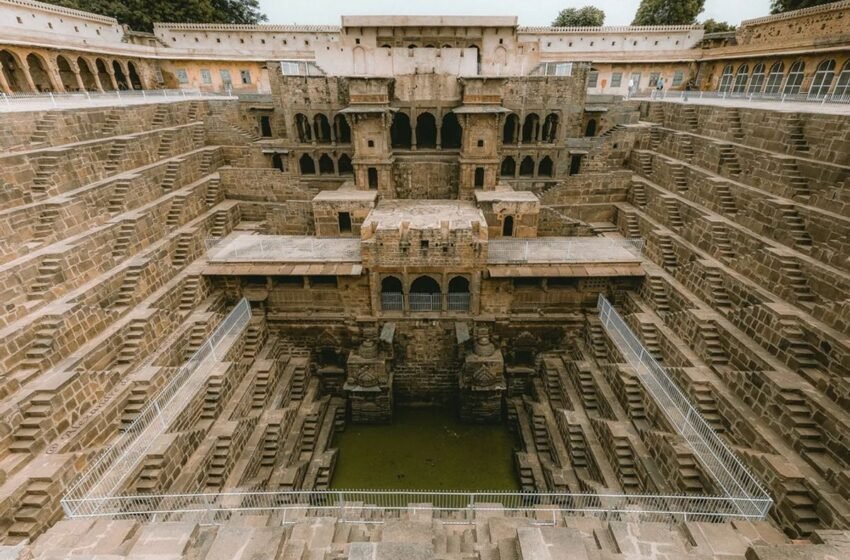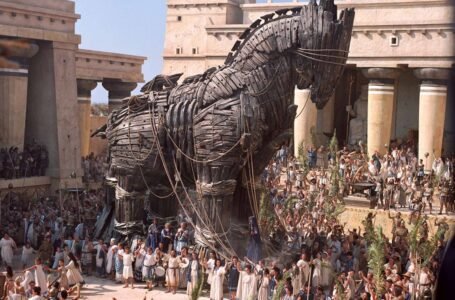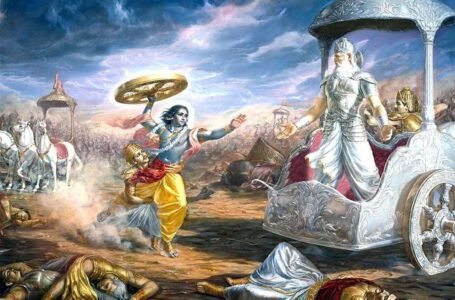Chronicles of Flow: Water Clocks, Stepwells, and the Hydraulic Intelligence of Ancient Civilizations

-Vani Mishra
There was a time, not so long ago in the greater arc of history, when we knew how to listen to water. Not just use it. We observed how it fell from the sky, how it slipped through earth, how it waited in quiet corners for us to find it. Our forefathers were not just craftsmen or engineers. They were thinkers, observers, memory-builders. What they left behind was not just infrastructure. It was stone-made wisdom. Years before machines started ticking hours into our lives, and long before cables and wires started telling us how to measure and live off water, the people of this earth knew how to flow with nature rather than force it. They read time in ripples. They cut wells into the earth like staircases into the past. They constructed cities that breathed with the monsoon and not against it. This is the tale of how they marked time with water. How they constructed wells not only for drinking but for contemplation. And how they built water not of steel, but of comprehension.
When Time Was Measured by Water
In a few of our temples, where sunlight still falls upon stone in divine angles, there used to be still bowls, plain vessels, copper, or clay, with a tiny hole at the base. They were not offering or ornament. They were clocks. Ghatika yantras, that’s what they were called, did not ring. They did not tick. They just allowed water to drip out, drop by drop, as the hours went by in silence.
Picture a priest, standing at sunrise, observing the water submerge the bowl. He would know how many ghatikas have elapsed, not because he would be calculating numbers, but because he had watched this rhythm all his life. He would ring the temple bell, lit the lamp, start the prayers. And somewhere in the vicinity, an astronomer would observe the stars and use the same bowl to study the universe. This was not a method of measuring time. It was a means of being in time. To realize that time was not something to be conquered or dominated, but something to flow with. Water, constantly flowing, showed us that better than any instructor. These clocks were not exclusive to India, but in India they played a profoundly philosophical significance. Our ancient text of astronomy, the Surya Siddhanta, spoke not only of seconds and minutes as time, but as something divine. A day and night comprised sixty ghatikas. A drop from that bowl was a breath, a moment. Even kings obeyed it. Even laws warred around it.
Where Water Waited: Stepwells as Places of Life
There are some locations where you must descend to reach the past. In Gujarat, in Rajasthan, even in some areas of Madhya Pradesh and Maharashtra, there are still deep stone wells. They are stepwells known as baolis, vavs, or bawdis, variously referred to depending on the location and they are nothing like anything the contemporary world constructs these days. These were not holes excavated out of necessity. They were designed with intention, with aesthetics, with dedication. Picture a well with each tier containing a varying temperature. Were light streams in with waning brightness. Where every rock is chiseled not just to retain water, but to retain individuals. These were spaces where women came to fill up pots, where travelers would take refuge in the shade, where children would play, and saints would meditate.
The best-known of these is Rani ki Vav, constructed in Patan by a queen in honour of her king. But it is not just a monument. With seven stories, more than five hundred carved figures, and flawless symmetry, it is a dialogue between art and engineering. A building that does not go up towards the sky, but goes down into the ground with equal splendour. And yet all of it, every stair, every beam, every carving was constructed around one thing: water.
These wells were meant to endure. They captured the rain when it fell. They stored it when it vanished. And they released it slowly, gently. During the hottest summer months, the water remained cool. During the driest winter months, it stayed pure. No chemicals. No motors. Just an understanding. Understanding of stone, slope, sunlight, shadow, and seasons. What is most impressive is not simply how well they functioned. It is how well they honoured life. These wells were not sequestered, locked, and taxed. They were for all. The stepwell was public. It was ritual. It was refuge.
The Cities That Understood Water
Long before kingdoms came and went, long before temples grew marble and inscriptions became symbols of might, there were cities that already understood the art of living with water. Harappa. Mohenjo-daro. The Indus Valley. These were cities with drainage when much of the world still dwelled along the riverbanks. Each house had a bathroom. Each street had a incline. Covered drains went alongside residences. Wells were ubiquitous. Water tanks were designed. Even sewage was channelled away with attention to detail. There was no grand announcement. No gold-plated trophy. Only quiet, exact knowledge, block by block.
Later, the great southern kingdoms carried on this tradition. The Cholas in Tamil Nadu constructed gigantic temple tanks and artificial lakes. These eris, as they were known, were not for show. They were intelligent systems, harvesting monsoon rain, supplying paddy fields, recharging wells, and checking floods. In Andhra Pradesh and Telangana, this system was extended by the Kakatiya kings. Their bunds, canals, and tanks remain operational today. They were not temporary repairs. They were investments over a generation. Entire communities were trained to upkeep them. In Sri Lanka, the king Parakramabahu used to say: “Let not even a drop of rainwater go to the sea without serving the people.” So, he constructed wewas which are colossal reservoirs that irrigated fields for miles. Their existence, till date surprises people. All of this was accomplished with local tools, local knowledge, and local hands. Imported systems were non-existent. Borrowed blueprints were nil. All there was to it was profound respect for the land and a tradition handed down over centuries.
Why It Still Matters
In our urban centres now, we talk about water scarcity as though it is a natural calamity. But the fact remains, we have forgotten how to retain water. We have capped our lakes. We have drained our wells. We have converted rivers into garbage dumps. Forgetting the lessons of the past, we disrupted the circle that was feeding us. Now, the people are starting to remember.
In villages, ancient stepwells are being restored. Rainwater is again being harvested. Young engineers are analysing how the Chola tanks functioned. Citizens are battling to save temple tanks. These are not gestures of nostalgia. They are gestures of survival.
The philosophy was simple: take only what you require, return when you can, and always construct with longevity in mind.
A Closing Reflection
When you stand beside a stepwell and notice the temperature drop, you are not merely cooling your body. You are walking into memory. When you learn about a water clock that calculated the time the sun rose, you are not merely reading history. You are brushing against a culture that prized accuracy without hubris. And when you learn about a civilization that constructed drains prior to empires, tanks prior to dams, you are not merely reading about the past. You are gaining the ability to envision the future. Our forebears did not merely coexist with water. They thought it. They navigated it. They worked with it. In a world that tracks progress in terms of speed, maybe we must slow down. Listen. Look. And recall the quiet wisdom of the ones who came before us. For water still remembers. The earth still bears the marks they made. And if we will listen again, the wells will run dry only for a time.


